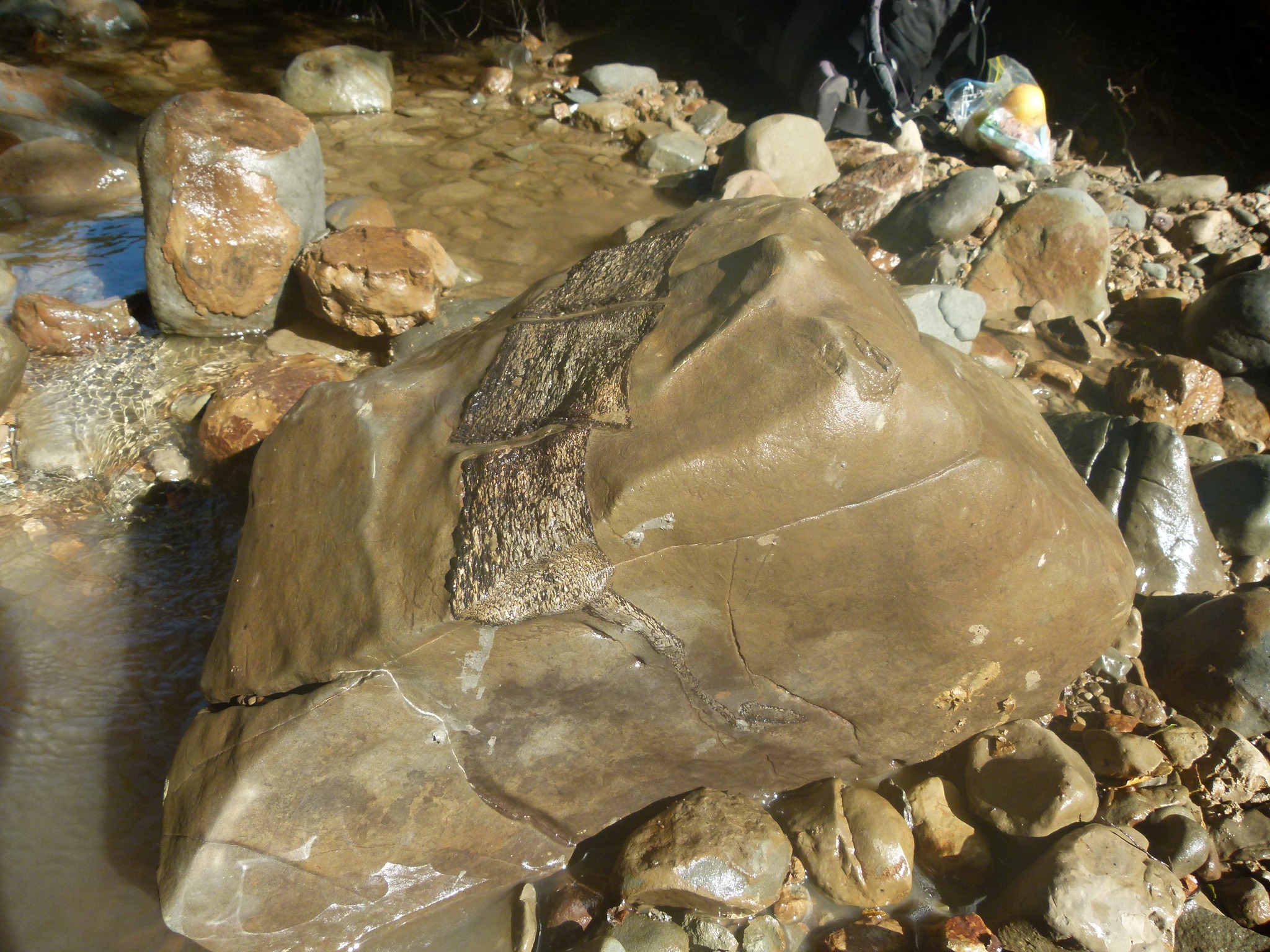
A cyclone that battered New Zealand has uncovered the fossils of what appear to be enormous marine reptiles that lived 80 million years ago.
The prehistoric remains were discovered at the Maungataniwha Native Forest after February's Cyclone Gabrielle hit the country's North Island, supercharging mountainous waterways that dislodged nearby rocks and boulders.
Paleontologists believe the two newfound fossil vertebrae, first discovered in March but only announced now, may belong to Elasmosaurus — giant, long-necked marine reptiles that could grow to around 45 feet (14 meters) long.

The team also found another fossilized vertebrae that could have come from a mosasaur, an enormous marine reptile that was an apex ocean predator in the dinosaur age. Mosasaur fossils have been found in New Zealand before — fossilized teeth and a partial jaw were discovered in the Mangahouanga Stream In 2015 — but they are not common.
Related: Enormous 240 million-year-old sea monster had its head torn off in one clean bite
The fossils were discovered by staff and volunteers from the Forest Lifeforce Restoration Trust, a conservation initiative to protect New Zealand's native flora and fauna.

Gabrielle was a severe tropical cyclone that devastated New Zealand's North Island between Feb. 12 and 16. It was the deadliest cyclone to hit the country since 1968, killing 11 people. At the mountainous region where the fossils were found, streams and rivers became "raging torrents," with millions of cubic feet of rainwater lifting boulders "the size of shopping trolleys," according to a statement released by the Institute of Geological and Nuclear Sciences Limited (GNS Science).

"It's like a giant has walked down the stream-bed, kicking at rocks and boulders as if they were pebbles and turning everything over as he goes," Pete Shaw, forest manager of the Forest Lifeforce Restoration Trust, said in the statement
Maungataniwha Native Forest is home to a host of fossils from the Cretaceous period (145 million to 66 million years ago), with researchers finding the first dinosaur there in 1975. "If any one place is the epicentre of New Zealand palaeontology then Maungataniwha, and particularly the Mangahouanga Stream, is probably it," Shaw said.
"Judging from what we found in just one morning, Gabrielle will contribute hugely to our collective knowledge about the creatures that called this place home in the depths of pre-history," Shaw added.







